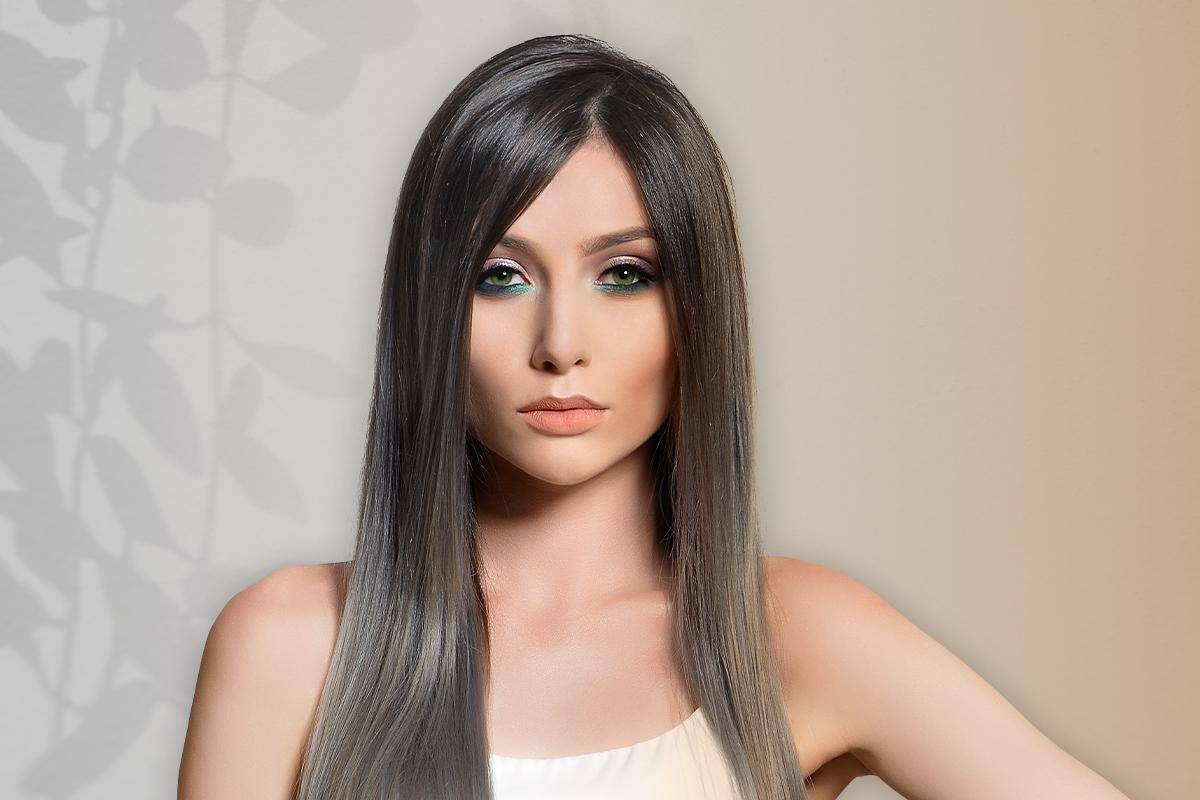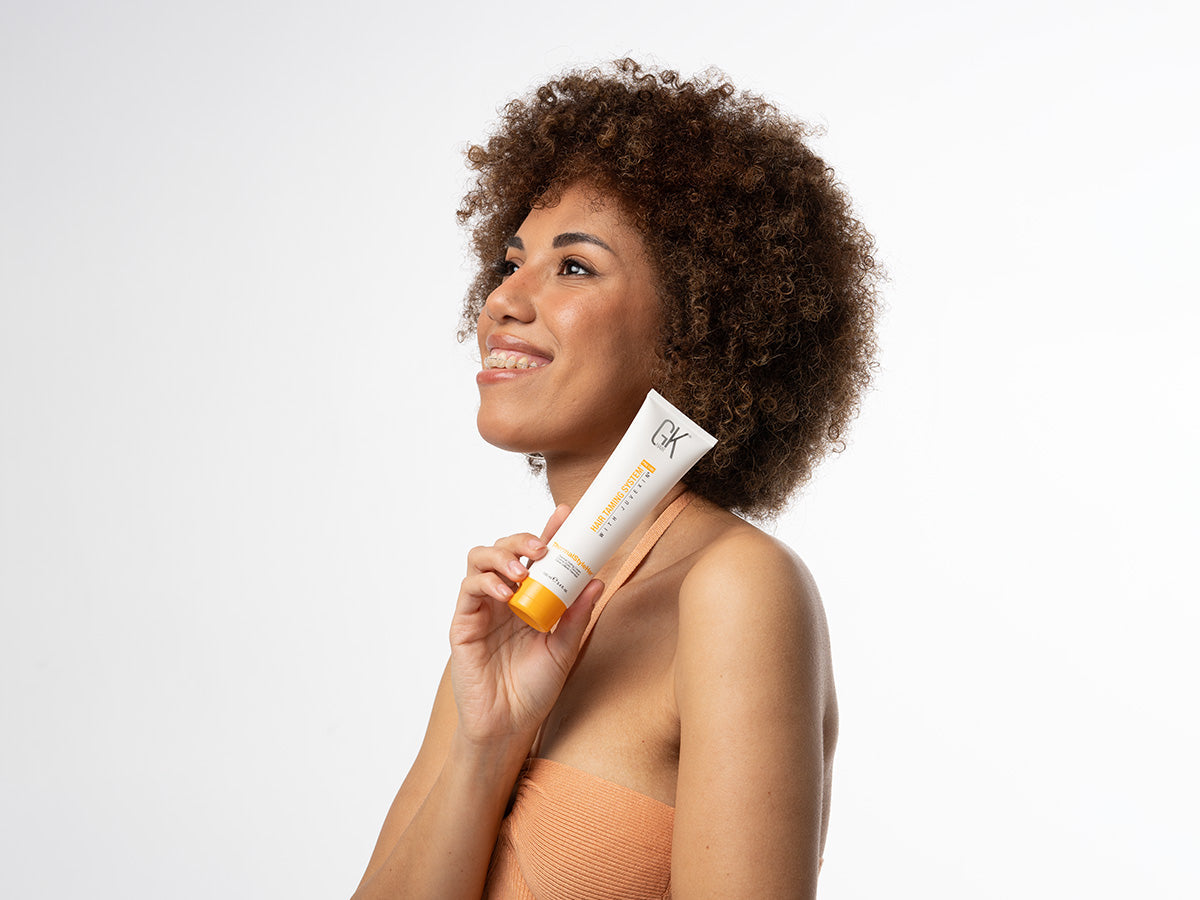Are you dealing with product buildup, trying to get an extra deep cleanse, or just curious about clarifying shampoo? This blog will provide all the information you need about this popular hair care essential. We'll cover everything from how it works and when to use it to the many benefits of clarifying shampoo. So whether your goal is removing impurities from your scalp or having a good old-fashioned deep cleanse, Clarifying Shampoo 101 has you covered. Let's dive in!
What is Clarifying Shampoo?
Clarifying shampoo is a hair care product that deeply cleanses the hair. It is formulated with unique ingredients designed to remove impurities, oil, dirt, product buildup, and other residues from the scalp and hair shaft. Clarifying shampoos are usually more concentrated than regular ones and feature higher pH levels, making them more effective at cleansing.
Most clarifying shampoos contain ingredients like sulfates or surfactants, which work to break down oil and any residue that has built up on the hair or in the hair shaft. These ingredients are also known for attracting oils, dirt, environmental pollutants such as smoke and dust particles, chlorine from swimming pools, and hard water minerals like calcium. As a result, clarifying shampoos are often recommended for those who use heavy styling products regularly or swim in chlorinated pools regularly.
Unlike regular shampoos, which might rely on fragrances or moisturizing ingredients to improve the look and feel of your hair, clarifying products are explicitly designed for cleaning purposes only. This makes them ideal for those looking to address product buildup or get extra deep cleanse without compromising their regular haircare routine — although it's important to note that clarifying shampoo should not be used too often as it can strip away natural oils and lead to dryness if overused.
The result of using a clarifying shampoo is typically much shinier and healthier-looking hair due to its ability to quickly break down heavy buildup that may otherwise be difficult to remove with a standard shampooing session. So if you want crystal clear locks but don't have time for multiple washings or too many products in your routine, adding a clarifying shampoo into your rotation could be exactly what you need!
How To Use Clarifying Shampoo
Using a clarifying shampoo can help you achieve the clean, healthy-looking hair that you have been wanting. Here is a step-by-step guide on how to properly use this type of shampoo:
- Begin by wetting your hair with lukewarm water to ensure all excess dirt and oils are loosened from the scalp and hair shaft.
- Apply a generous amount of clarifying shampoo to your scalp and hair, focusing on areas prone to buildup, such as near the roots or at the ends of your hair.
- Gently massage the product into your scalp in circular motions for about one minute, covering all areas evenly before rinsing it out thoroughly with warm water.
- To get an extra deep cleanse, repeat steps two and three - but do not over-shampoo as this can strip away natural oils and lead to dryness if done too often.
- After each wash, always follow up with a moisturizing conditioner to replenish any lost moisture caused by using a clarifying shampoo. This will help restore shine and softness while protecting against further damage or irritation from dryness.
- Finish up by thoroughly rinsing the conditioner with cool water and styling as usual!
When using a clarifying shampoo, it's important to remember not to overdo it as this can strip away natural oils leading to dryness or even irritation if used too often. It's also best practice to always follow up with a nourishing conditioner after each wash - this will help restore shine and softness while protecting against further damage or irritation from occurring due to dryness!
Why Should You Use Them?
Clarifying shampoos are ideal for anyone looking to clean their hair and remove any buildup that may make it difficult to look its best. The higher pH levels in clarifying shampoos make them more effective at breaking down oils, dirt, chlorine from swimming pools, and other environmental pollutants. This helps restore shine and softness while protecting against further damage or irritation from occurring due to dryness.
Clarifying shampoos is an excellent way to address product buildup that can occur from using heavy styling products regularly or swimming in chlorinated pools regularly. This makes them an ideal choice for those who want crystal-clear locks without spending too much time washing their hair.
Lastly, clarifying shampoo can help maintain the health of your hair and follicles as they rid your strands of trapped dirt, oil, and dandruff flakes which may otherwise clog pores and lead to excess sebum production. Regularly using a clarifying shampoo will leave you with healthy-looking locks that feel soft, light, and airy!
Can you DIY a clarifying shampoo?
Yes, making your own DIY clarifying shampoo using simple ingredients you likely already have at home is possible. Here are the basics for making a clarifying shampoo that can help remove excess oil, dirt, chlorine from swimming pools, and other environmental pollutants without stripping away natural oils or irritating the scalp:
- Begin by mixing together one tablespoon of baking soda with two tablespoons of apple cider vinegar. You may need to adjust the ratio depending on how thick or thin your hair is.
- Add a few drops of essential oil such as lavender or rosemary for an added boost in cleansing power and pleasant scent - this step is optional, but it does give the mixture a pleasant smell while adding more beneficial properties to the mix!
- Wet your hair with lukewarm water before applying the clarifying shampoo mixture throughout your strands, focusing on areas prone to buildup, such as near the roots or at the ends of your hair.
- Gently massage it into your scalp in circular motions for about one minute, covering all areas evenly before rinsing out thoroughly with warm water.
- Finish off by using a moisturizing conditioner afterward to replenish any lost moisture caused by a clarifying shampoo – this will help restore shine and softness while protecting against further damage or irritation from occurring due to dryness!
It is crucial to emphasize that homemade clarifying shampoo recipes should be used judiciously, preferably no more than once every few weeks. Overusing such DIY treatments can lead to the over-stripping of natural oils, potentially resulting in an excessively dry scalp. Therefore, it's advisable to reserve their application for instances when a deep cleanse is genuinely necessary.
Furthermore, individuals with sensitive skin should exercise caution when considering home remedies. Consulting a dermatologist before attempting any DIY clarifying shampoo is recommended. This precautionary step helps ensure that the ingredients used in homemade formulations do not cause irritation or have other adverse effects, providing personalized guidance on the most suitable approach for individual skin and hair types. Always prioritize the health and balance of your scalp when incorporating DIY solutions into your hair care routine.
Clarifying shampoo is the best shampoo for Oily hair
Clarifying shampoo is the best for those with oily hair, as it helps to effectively remove excess oils, dirt, and product buildup that can weigh down strands and make them look limp and lifeless.
When using a clarifying shampoo, always dilute it with water before applying – this prevents it from being too harsh on your hair or causing dryness due to its higher pH levels. It is important to note to avoid using a clarifying shampoo more than once every few weeks as it may strip away natural oils from your hair if used too frequently. Aim for a ratio of one part shampoo to four parts water when preparing the mixture for application to ensure maximum benefit without over-stripping your strands.
For those looking for an extra boost of moisture after using a clarifying shampoo – always follow up with a good quality conditioner or leave-in conditioner afterward to replenish lost hydration caused by the wash. This will help protect your strands against further damage or irritation caused by dryness while restoring shine and softness into your locks!
Final Thoughts
When used correctly, clarifying shampoo can be an effective way to combat oily hair and product buildup. However, it's important to remember that the key is moderation. Too much of a good thing can be bad for your hair, so use a clarifying shampoo no more than once every few weeks and always follow a moisturizing conditioner. Not only will this help keep your scalp healthy and prevent any damage or irritation from occurring due to over-drying, but it'll also leave you with healthy-looking locks that feel light, airy, and full of shine!
FAQ's
What is a Best clarifying shampoo, and how does it differ from regular shampoo?
A clarifying shampoo is designed to remove product buildup, excess oils, and impurities from the hair and scalp. Unlike regular shampoo, which focuses on general cleansing, clarifying shampoo provides a deeper cleanse, making it ideal for occasional use to maintain a clean and healthy scalp.
How often should I use a clarifying shampoo in my hair care routine?
The frequency of clarifying shampoo use depends on your hair type and styling habits. Generally, using it once a week to once a month is sufficient. Overuse may strip the hair of natural oils, so finding the right balance for your hair's needs is essential.
Can I use a clarifying shampoo on color-treated hair?
While clarifying shampoos are effective in removing buildup, they can also strip away some hair color. If you have color-treated hair, it's advisable to use a clarifying shampoo sparingly. Consider consulting with your colorist to determine the best approach for maintaining your color while using a clarifying shampoo.




















Leave a comment